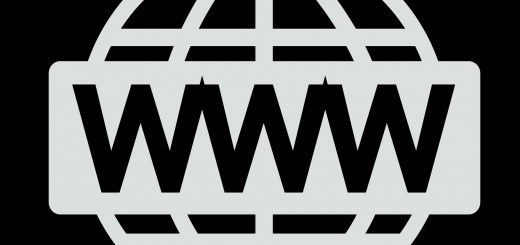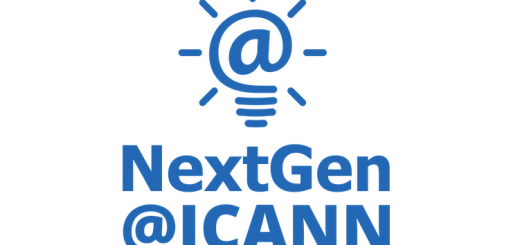The Internet Explained
The Internet started as a United States Government research project in the late 1960s under the Defense Advanced Research Project Agency (DARPA). DARPA later joined forces with Bolt Beranek and Newman (BBN) to create what was known as the ARPANET. The first host computer was connected at the Network Measurement Centre at UCLA and the second was connected at the Stanford Research Institute (SRI). Two more nodes were added at UC Santa Barbara and University of Utah. Initially there were four host computers connected in the ARPANET and subsequently more computers were added to the ARPANET and this was the beginning of the Internet.
What is the Internet?
The Internet is a network of networks that enables computers to connect from wherever they are located, it may be from the same room or one country to another country. It is an independent global interconnection of electronic devices and networks through the communication protocols. The Internet provides the infrastructure/platform for sharing information and communication over email, communicating via voice (Voice over Internet Protocol (VoIP)), text, audio and video communications.
How does the Internet work?
The Internet is composed of networks that are connected to each other globally irrespective of who owns the network, allowing computers and other electronic devices to communicate. The Internet uses protocols or communication technical standards Transmission Control Protocol/Internet Protocol (TCP/IP). Here is a video explaining how the Internet works;
Who owns the Internet?
The Internet is not owned by a single entity, Government or Organisation. The governance of the Internet takes a multi – stakeholder approach where everyone is involved in shaping the Internet ecosystem. The multi stakeholders include the civil society, the private sector, governments, the academic and research communities and national and international organizations. This multi-stakeholder approach to Internet Governance provides the basis for an open Internet.
However the administration of the technical and policy aspects that makes the Internet run is under the jurisdiction of the Internet Corporation for Assigned Names and Numbers (ICANN). ICANN is responsible for the names and numbers aspects of the Internet and this entails the issues of assigning names and numbers and maintaining Domain Name System through its IANA function. ICANN takes a multi -stakeholder approach in managing the Internet ecosystem as it emphasizes on Open Internet.

